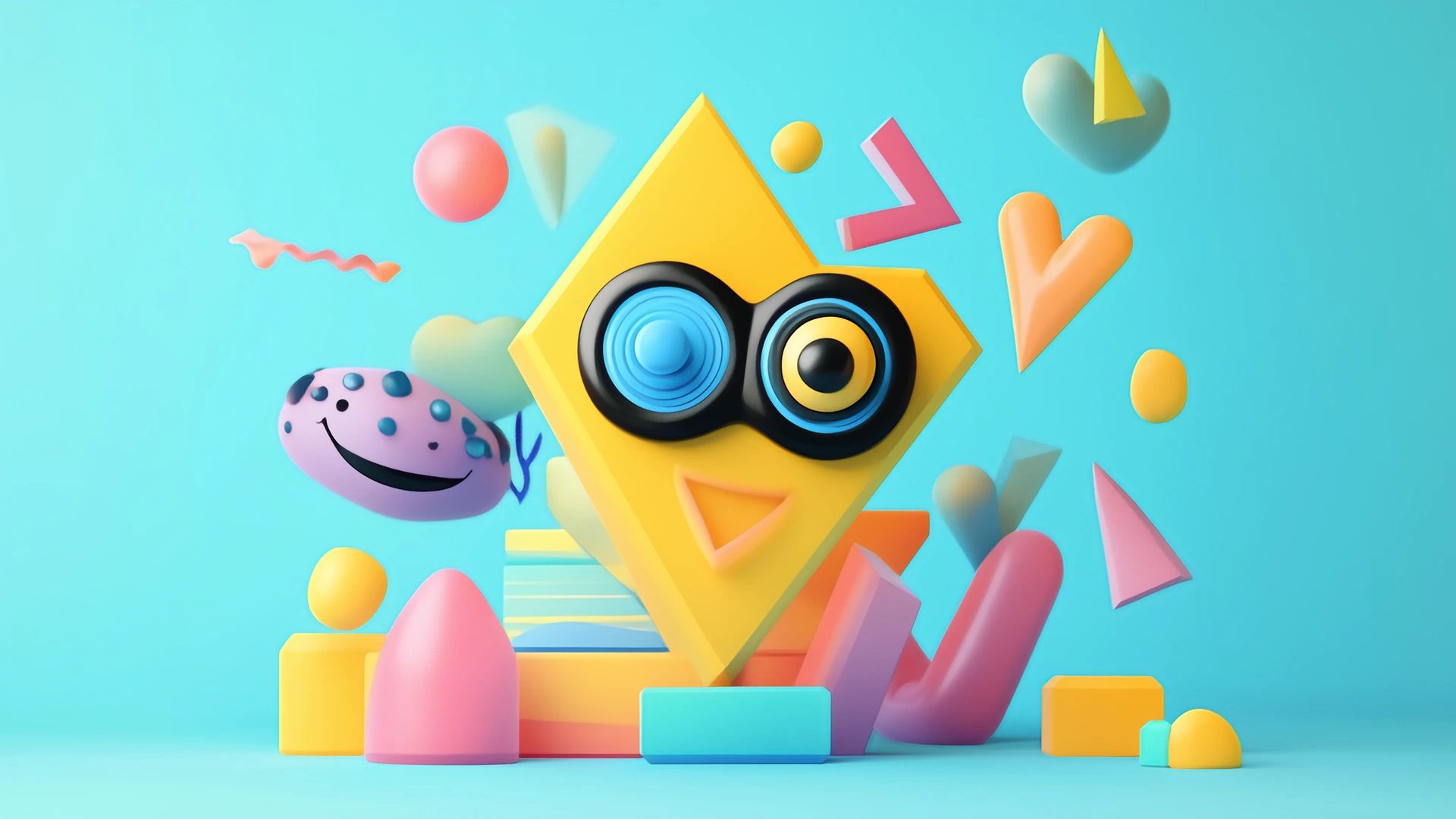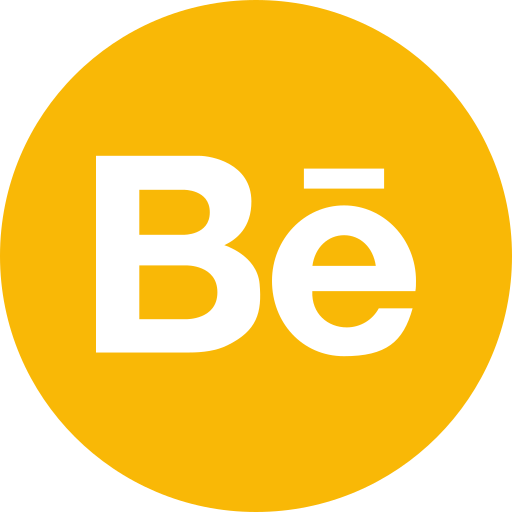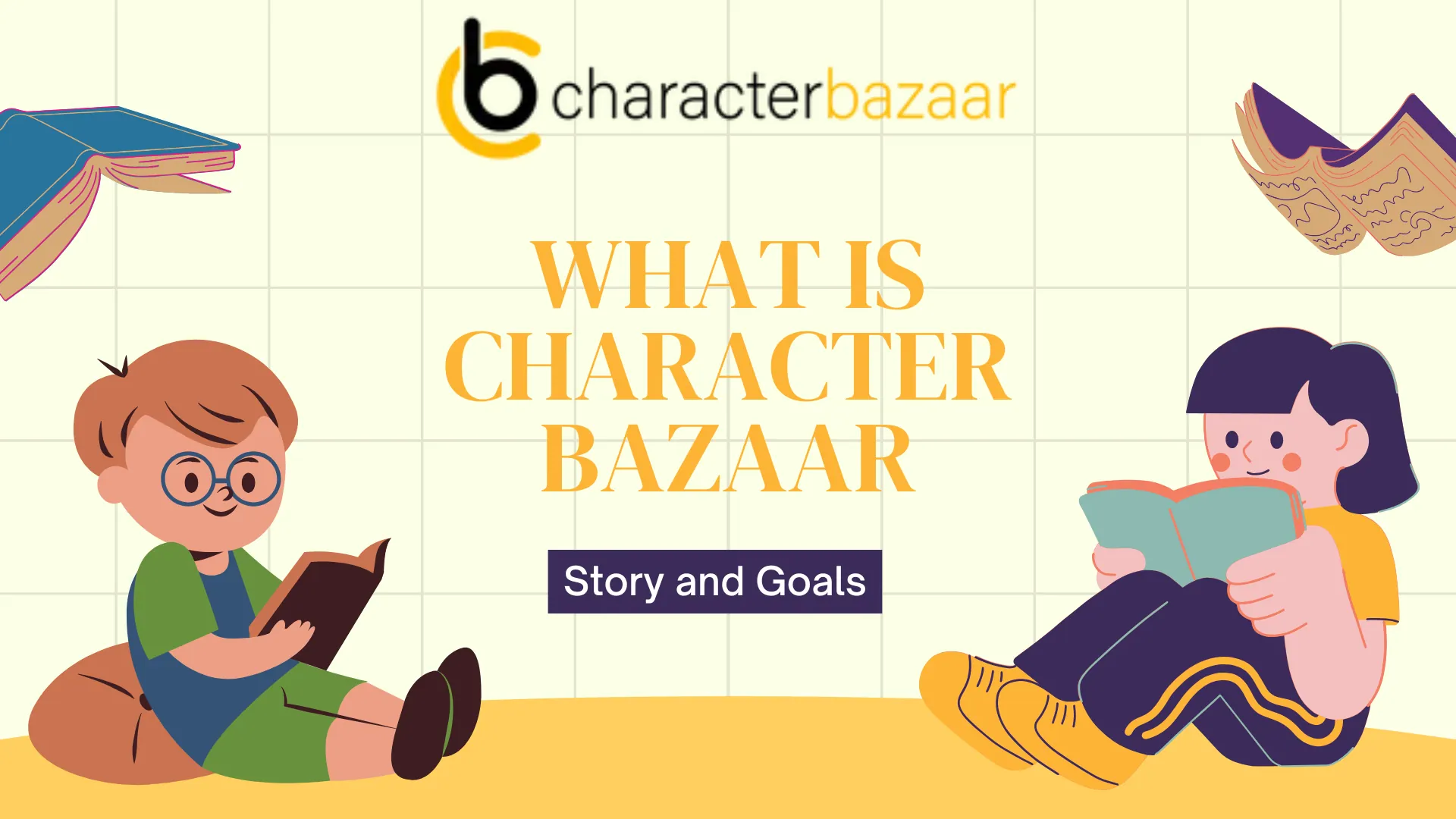
Shape Theory in Character Design: The Power of Proportion
KEY TAKEAWAYS:
- Shape theory is the bedrock of making your characters memorable and recognizable at one glance.
- Simple shapes—circles, squares, triangles—convey very different personalities and emotions. The ways in which you can combine them or distort them differently yield an infinity of character designs.
- Mastering shape theory will take your character design from good to great.
The ABCs of Shape Theory
The root of shape theory in character design is based on three basic shapes:
- Circles
- Squares
- Triangles
Circles: The Friendly Faces
Circular shapes are the go-to for designers who need to create likable, approachable characters. Think about it – what’s the first thing that comes to mind when you see a round shape? Softness, right?
Metaphors that circular shapes evoke:
- Innocence
- Youth
- Friendliness
- Harmony
Squares: The Solid Citizens
Square and rectangular shapes convey stability, strength, and reliability. They’re often used for characters that are:
- Dependable
- Honest
- Sturdy
- Sometimes stubborn
Triangles: The Wild Cards
Triangular shapes add a touch of dynamism and unpredictability. They can represent:
- Energy
- Conflict
- Mischief
- Danger — when pointed downward

Beyond the Basics: Merging Shapes
Now, this is where it gets interesting. Real character design magic happens when you start mixing and matching these basic shapes. Let’s break it down:
The Power of Contrast
Combining different shapes within a single character gives visual interest and can tell us a lot about their personality. For instance:
| Character Type | Shape Combination | Personality Traits |
|---|---|---|
| Hero | Square body, circular head | Strong but friendly |
| Villain | Triangular body, square head | Cunning and unyielding |
| Sidekick | Circular body, triangular features | Loyal but mischievous |

Shape Hierarchy: It’s All About Dominance
One of the shapes takes a lead in character design. The lead sets the general tone while secondary shapes add nuance and complexity.
Pro Tip: Try sketching a character having the same person but as different dominant shapes. You will be amazed by how it can change their entire vibe
Pro Tip: Try sketching a character having the same person but as different dominant shapes. You will be amazed by how it can change their entire vibe
The Psychology Behind Shapes
To come up with a character that goes well with the audience psychology is one thing that a creator needs to understand. Let’s dig deeper:
Circles: The Comfort Zone
There is a reason why so many of your favorite characters are made from circles. Our brains are built to see rounded shapes as harmless and beautiful. That’s why we love:
- Baby animals
- Cartoon mascots
- Friendly robots
Squares: The Steady Guardians
Square shapes resonate in our minds with stability in the physical world. Think about this:
- Houses
- Books
- Computer screens
Triangles: The Wild Cards
Triangles are, by default, dynamic. They suggest movement and a direction; that is why they are perfect for:
- Action heroes
- Cunning villains
- Characters undergoing transformation

Shapes in Action: Case Studies
Let’s consider some iconic characters and break down their shape language:
Case Study 1: Wall-E
- Primary Shape: Circle
- Secondary Shapes: Squares (eyes)
Case Study 2: Maleficent (Disney’s Sleeping Beauty)
- Master Shape: Triangle
- Secondary Shapes: Circles Face
Case Study 3: Buzz Lightyear
- Master Shape: Square
- Secondary Shapes: Circles — helmet, Triangles — wings

Break the Rules: When to Mix Things Up
Now that we know the basics, here’s a pro secret: very often, the most interesting characters are a result of breaking the rules. How? By creating something unexpected.
The Gentle Giant
Create an enormous, square-shaped character with round, soft features. That contrast tells us right away there is more to this fellow than meets the eye.
The Deceptive Villain
Imagine a round, friendly-looking character who turns out to be your story’s antagonist. That’s a design element that can really add some narrative punch. Just remember, all rules are well broken only if one has truly internalized the basics of shape theory. Master the fundamentals before you begin breaking the rules.

Shape Theory: Bringing Shapes to Life
Now that we have explored the theory behind shapes, how does one actually apply this theory in design? Here are some practical applications:
- Draw from silhouettes: Start off with some simple shape-driven silhouettes. If the character is recognizable in silhouette, you know you’re going in the right direction.
- Carry through the shape language: Take the shape choices you’ve made and run them through every single element of the character—from the type of body to costume design.
- Consider the character’s role: Relate your shape choices to the purpose of your character in the story. Maybe a mentor figure will have a stable, square base with a wise, circular head.
- Embrace exaggeration: Just like in animation, exaggeration is key. Don’t be afraid to really exaggerate your shapes for more effect.
- Think in 3D: Remember that your character needs to work from all angles. How do your shape choices translate into a three-dimensional form?

The Future of Shape Theory
As technology advances, so does shape theory. Here are some exciting developments to watch:
Procedural Character Generation
Artificial intelligence and machine learning are starting to make inroads in the arena of character design. With the ability to feed algorithms information on shape theory, it’s now possible to generate unique character silhouettes at the click of a button.
Virtual Reality and Shapeshifting Characters
As VR becomes more prevalent, we’re seeing experiments with characters that change shape in real-time, responding to user interactions or story events.
Cultural Influences on Shape Perception
There’s growing research into how different cultures perceive shapes, leading to more nuanced, globally appealing character designs.

Wrapping Up: The Shape of Things to Come
It’s not all about prettiness; shape theory is how you hook up a character with the audience instantly. It’s a universal language that transcends words, allowing storytellers to say volumes in a single frame.
It is the understanding and application of shape theory that will make the difference between taking your work from good to unforgettable.
It is the understanding and application of shape theory that will make the difference between taking your work from good to unforgettable.
FAQ
1. Where does shape theory rank in the greater scheme of things that go into character design?
Shape theory works at the root. Color, texture, and detail are essential, but essentially the fundamental shape gives meaning to the character before anything else.
2. Is shape theory only applicable for animated characters?
Definitely not! Shape theory is one of the basics that drives visual character design—from comics through illustration to costume design in live-action movies.
3. How do you balance shape theory and the need for unique, original characters?
It is a framework, not cast-in-stone rule. Use it as a starting point; at that point, innovate and mix up forms in ways no one anticipated to come up with unique characters.
4. Can manipulating the shape of a character transform his personality in the eyes of the viewer?
Without a doubt. Shape is a really powerful tool for developing your character. Subtle variations in the shape of a character over a storyline can reflect his inner journey.
5. Are there shapes beyond circles, squares and triangles used in character design?
While those are the basics, designers do work with ovals, rectangles, diamonds, and organic forms. The trick is to know how each form evokes emotion.
Let's Discuss !!














